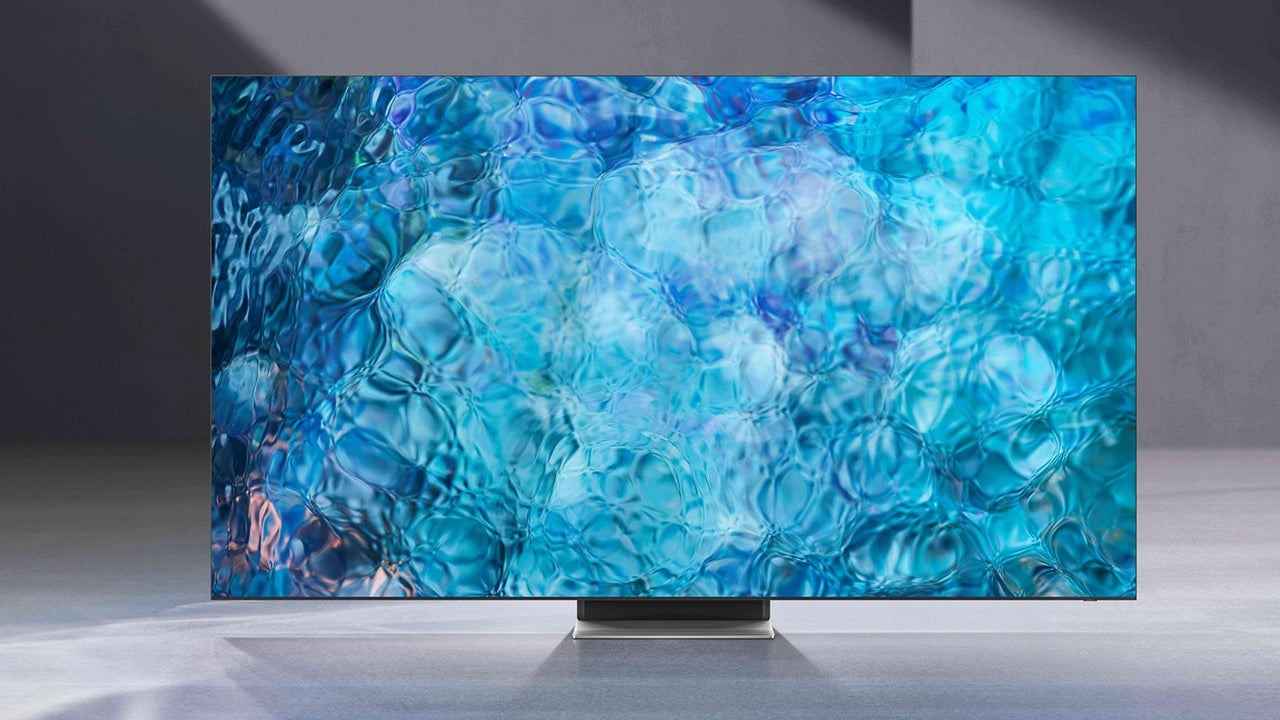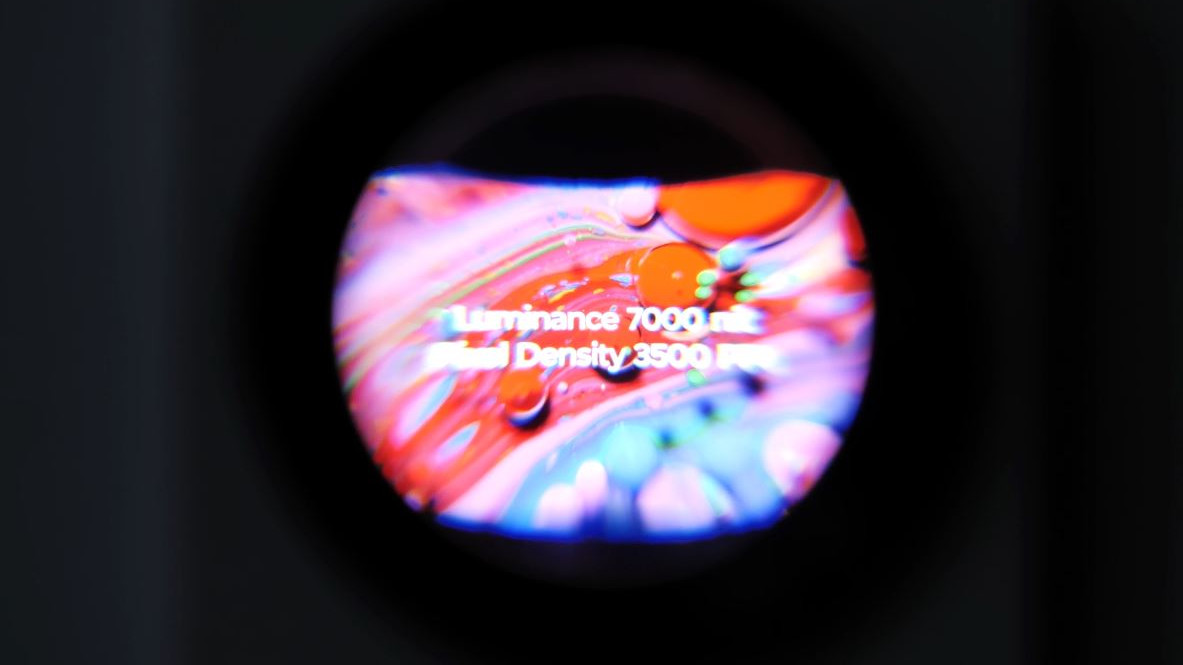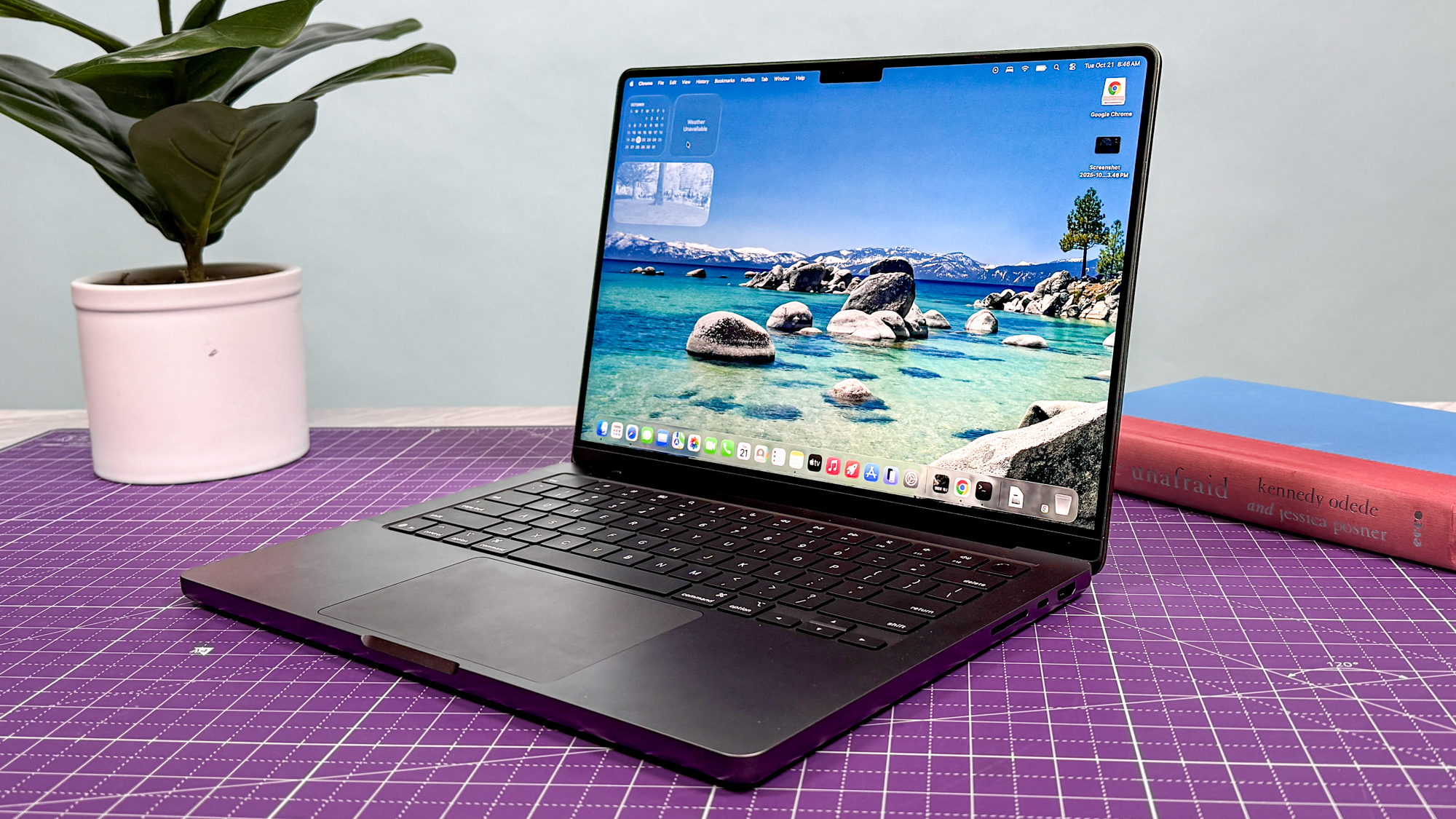
It seems like every time we finally wrap our heads around a new display technology, there’s something new on the horizon that barrels in and messes everything up.
This year, that technology is going to be micro OLED, also known as OLED on Silicon (OLEDoS). Samsung Display, one of the largest electronics manufacturers in the world is expected to start producing small quantities of the new display type in the second half of this year with LG Display expected to follow suit sometime in 2025 or 2026, according to Korean news outlet, The Elec.
Micro OLED puts tiny organic light emitting diodes on a silicon wafer. Doing so allows manufacturers to put thousands of them in a small group, drastically increasing the amount of pixels-per-inch of a display and boosting the brightness.
While we don’t quite need these higher pixel density displays on our TVs, they can be used to great effect on devices that sit closer to our eyes like phones, tablets and VR devices — an area that Meta is very interested in, according to the report.

Why can’t we use micro OLED on TVs?
There are a few reasons why micro OLED makes a lot of sense for smaller displays but doesn’t work for any devices larger than, say, a few inches.
For one, the silicon wafers needed to hold micro OLEDs aren’t available in mass quantities. It’s reported that one of the largest makers of these wafers, SK Hynix, only produces about 100,000 12-inch wafers per month, 30,000 of which it’s willing to dedicate to production of MicroOLED wafers. With most high-end TVs reaching between 65 and 85 inches, 30,000 12-inch wafers won't go very far.
Samsung Display also has the technology to create micro OLED displays, but it’s using its production lines for new products for Samsung Electronics, Qualcomm, and Google — likely new phones. The report also mentions Apple being a potential customer for micro OLED, but The Elec says that Apple would likely get its product from Sony instead. So not only are scarcity and production major hurdles for the new display technology, but likely cost will be a factor, too.
Get instant access to breaking news, the hottest reviews, great deals and helpful tips.
The good news? QD-OLED, now the second-most-recent display type to be introduced, is expected to drop in price this year as production ramps up. As a result, while you won’t have a new micro OLED TV in your home until the 2030s, there’s a very good chance that you’ll at least have a QD-OLED to look forward to sometime in the near future.
- Ready to make the jump to OLED? Check out our guide to the best OLED TVs

Nick Pino heads up the TV and AV verticals at Tom's Guide and covers everything from OLED TVs to the latest wireless headphones. He was formerly the Senior Editor, TV and AV at TechRadar (Tom's Guide's sister site) and has previously written for GamesRadar, Official Xbox Magazine, PC Gamer and other outlets over the last decade. Not sure which TV you should buy? Drop him an email or tweet him on Twitter and he can help you out.
